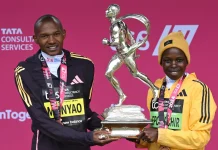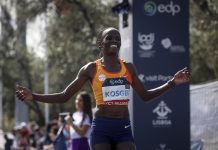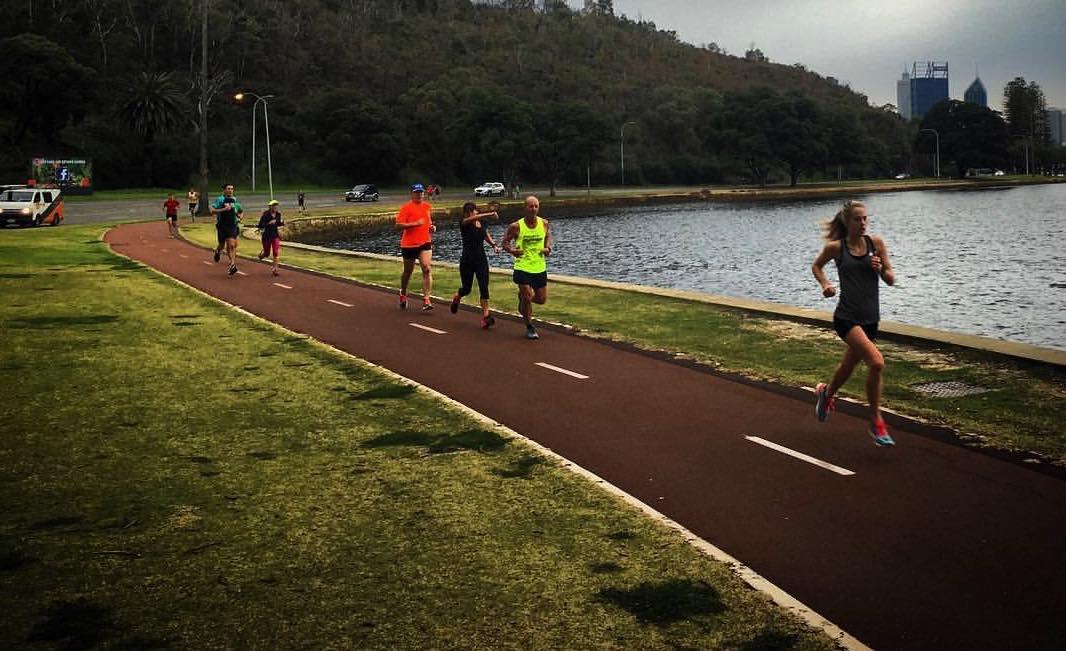Marathon Training & Performance
Since commencing personalised training programs in 2009, the Front Runner coaching team has been primarily focused on assisting both recreational and competitive runners competing in events ranging from 5km to the Marathon, as well as Full and Half Ironman Triathlon.
Over time, the tracking of data (through GPS and online training software) and personalised exercise prescription based on the runner’s individual goals and training history, has allowed for empirical data to be compiled from our ever-growing database of motivated and goal-driven runners. As our database grows, we begin to observe certain trends in the data that help guide our coaching team towards more accurate and effective exercise prescription. As well as a strong scientific element to data tracking, working with a team of 6 engaged coaches all with individual experiences and qualifications has enabled an excellent structure to develop hypotheses on further improving exercise prescription. With the popularity of the Marathon increasing in recent years, today we look to focus our analysis on this event.
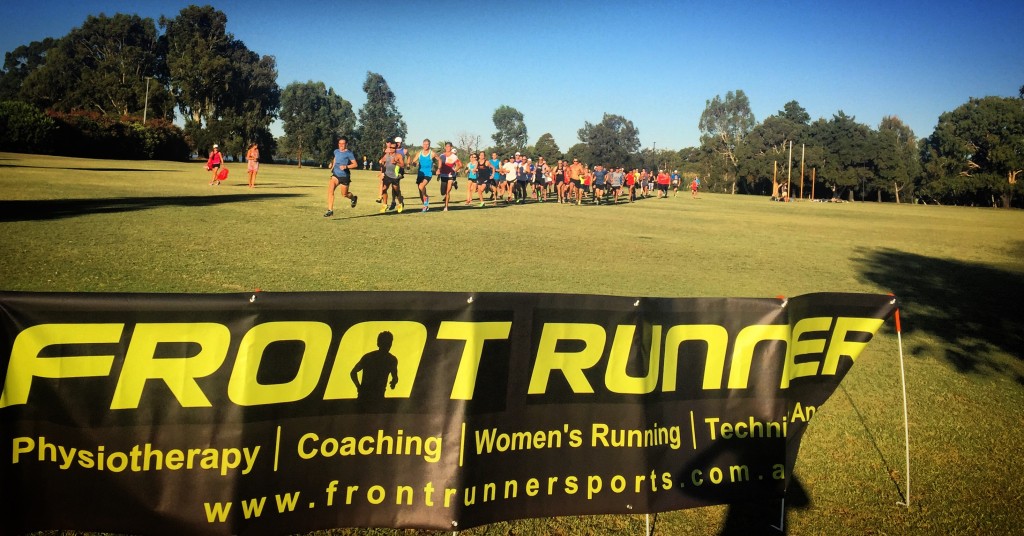
At the 2016 Gold Coast Marathon, the 30th Front Runner athlete on an individual exercise prescription bettered the magical 3hr marathon when Paralympic aspirant Matt Felton ran 2.57. With the aggregation of this many athletes at a high recreational marathon standard, in combination with monitored training prescription, we can begin to identify some strong data trends. We hope that awareness and knowledge of this data will continue to help our Front Runner community progress towards their individual goals, as well as educated fellow runners and coaches interested in enhancing performance in recreational marathon populations.
Through ‘Training Peaks’ software, we analysed the data based on what we believe are two key principles for successful distance running and how they related to Marathon performance (goal time).
- Anaerobic Threshold; Measured as their best 10k race time within 12 months of their best marathon
- Volume; Peak 4 week mean volume within the final 3 months of their goal Marathon
A 10km race is a practical estimate of the anaerobic threshold (the upper limit of how well the body can sustainably use oxygen for energy – see more HERE). The lower the 10km time, the higher the anaerobic threshold and the more effectively the runner can utilise oxygen for aerobic metabolism. Athletes that did not record a 10km time within the 12months of their Marathon, or athletes that did not compete in events other than the half or full marathon (n = 10), were removed from the dataset.
The peak mean volume the runners were able to sustain for 4 weeks in the lead up to their Marathon is a practical indication of their muscular endurance. As running is a weight-bearing activity, faster runners over 10km don’t necessarily run faster Marathons given the extra load the muscular system has to absorb over 42km.
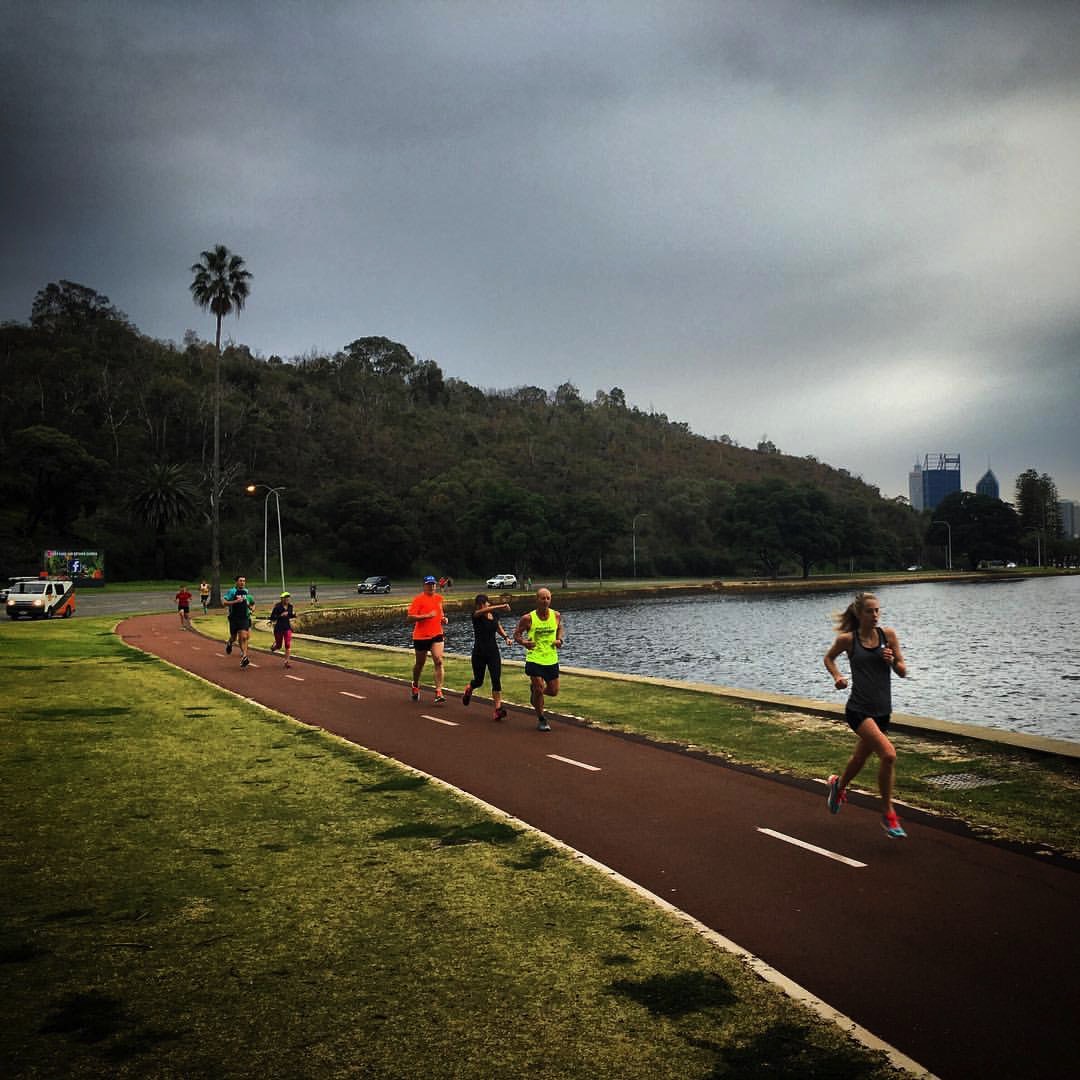 Key Findings
Key Findings
Full Data Set (n = 20)
- Mean Marathon Time = 2h 43min (Fastest = 2.25, slowest = 2.59)
- Mean 10k Time 34min 48s (Fastest 31.06; Slowest 38.00)
- Mean Training Volume 118km/week (Largest 170; Lowest 77)
Top 7 runners (<2h 36min)
- Mean Marathon Time 2h 32min (Fastest 2.25; Slowest 2.36)
- Mean 10km Time 32min 55s (Fastest 31.06; Slowest 35.50)
- Mean Training Volume 135km/week (Largest 170; Lowest 90)
Bottom 5 runners (2h 57 – 2h 59)
- Mean Marathon Time 2:57.21 (Fastest 2h 57min; Slowest 2h 59)
- Mean 10km Time 37min 21s (Fastest 36.55; Slowest 38.00)
- Mean Training Volume 97km/week (Largest 130; Lowest 77)
- *The SLOWEST over 10km (38.00) ran the highest volume (130km)
- *The FASTEST over 10km (36.55) ran the lowest volume (77km)
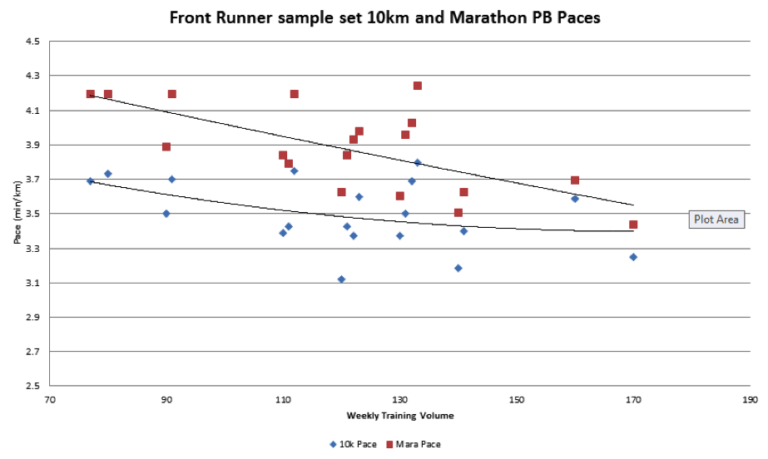 Figure 1; as training volume increases, the difference between 10km and Marathon race pace decreases.
Figure 1; as training volume increases, the difference between 10km and Marathon race pace decreases.
Observations
The clearest trend from the graph on figure 1 is the reduced vertical gap between the trend lines for 10km and Marathon pace as you move to the right. I.e. The MORE volume you run, the LESS difference between your 10km and Marathon pace.
- Specificity: Volume appears to correlate more closely with predicting Marathon performance than 10k time. This reflects the conditioning and the fatigue resistance of the musculoskeletal system, in addition to the fueling changes in the cell that may relate to running volume specifically.
- Multisport Athletes; 3 Du/Triathletes (who ran their Marathon time whilst in a training block for long course Duathlon/Triathlon) with 10km times of 31.10, 33.55 and 34.05 ran 2h 35min, 2.40 and 2.42 for the Marathon whilst posting peak running volumes of 90, 100 and 110km per week respectively. In comparison, the 3 runners with the most similar times over 10km, all ran 2h 33min or quicker for the Marathon with peak volumes of 120, 130 and 140km per week respectively (see Figure 2). Central cardiovascular fitness and threshold performance in multi-sport athletes is well maintained, but their reduced volume (typically due to time demands due to swim/bike training) correlated with a 2-9 minute slower Marathon time when compared to runners who had same 10km time but ran more than 30/k more on average per week.
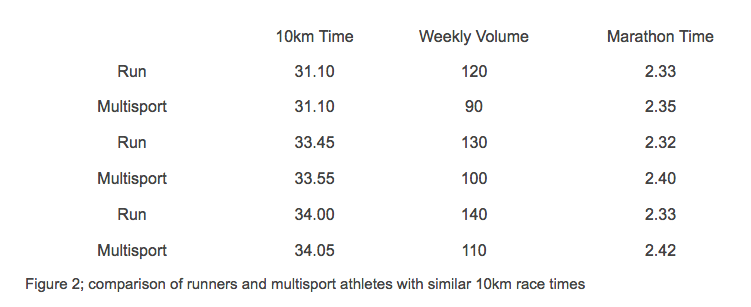
The Complete Runner; The two fastest 10k runners were #4 and #6 on the Marathon list, whilst the two fastest Marathon runners were #3 and #4 on the 10km ranking. A clear trade-off is present in that relative success in one event does don’t directly translate to the other event. To best enhance your Marathon performance, it is our belief that focussing on both volume and threshold increases is paramount to successful Marathon performance.
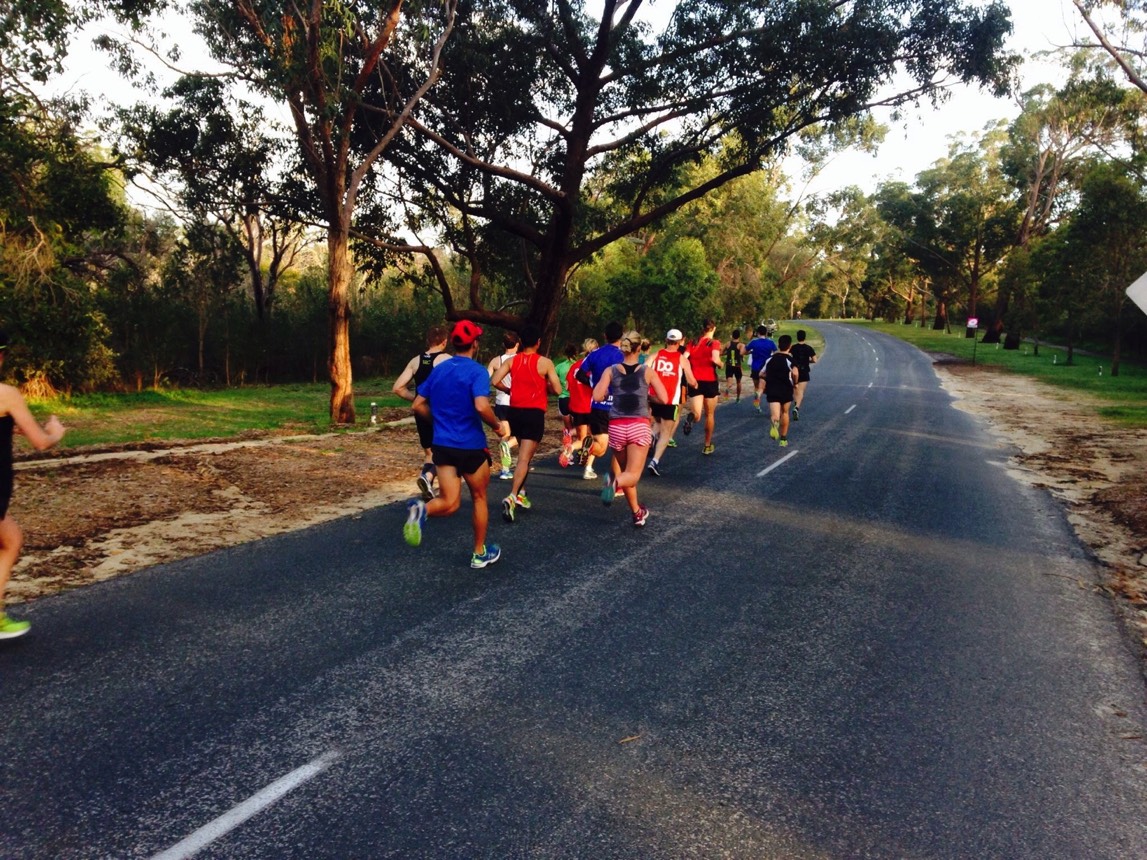
Additional Thoughts
- Training repetitions at VO2 max (> Threshold – see HERE) appear to be more likely to be associated with injury due to the fatigued status of those in Marathon training. The perceived exception to this is if the athlete had track running experience from their youth.
- Strength training: Resistance training that is targeted to the individual is the best asset for Marathon runners to remain consistent with their training by reducing injury risk under the high training loads associated with the Marathon. Adherence to strength training programs is most common post injury.
- Biomechanics; Functional running drills and strides-throughs that are performed regularly through the training week appear to be effective strategies for improving running economy in Marathon runners.
- Group runs for easy aerobic volume sessions correlated with significantly greater adherence to their training program than prescribed but self-directed easy volume sessions. This advocates the role of “jogging groups” as an integral part of a balanced training program for recreational and advanced Marathon runners and not just group training for interval sessions.
We trust you enjoyed our insight into Marathon training and performance. If you wish to know more about this topic, or anything to do with your running training, please get in touch with our expert coaching team who are ready to assist you towards your next running goal! Please email us admin@frontrunnersports.com.au or see our website HERE
Running Regards,
Team Front Runner




